Rarely Seen (sc/parts) - FL/OB/BSN
Composer: Ferenz, Amber
Publisher: Trevco
Edition: 72744
$24.00
Rarely Seen
for flute, oboe, and bassoons
by Amber Ferenz (b. 1973) - American composer and bassoonist
This is the printed music. For the PDF download, click HERE.
ABOUT THE MUSIC
Commissioned by Terry Ashley
Rarely Seen came about through a series of conversations I had with botanist and nature photographer Terry Ashley over the course of a couple of years. While working on a book about endangered trees and plants throughout the American Southeast, Terry settled on four species that she wanted to bring attention to through the medium of music. Most of these trees can be found very locally to the two of us- Terry resides in western NC, and I now live in the GA piedmont. Each species has history with the land we live on, and some have already become extinct in these areas, thus the title of the piece.
I. Franklinia alatamaha
Native to the Altamaha River valley in what was known as “the Province of Georgia” under British colonialization, the Franklin tree (named to honor family friend Benjamin Franklin) has not been seen in the wild since the 19th century. Cuttings, seeds, and small trees were collected by naturalist William Bartram around 1773 and were taken to Philadelphia, but only the seeds eventually flourished and produced flowering plants- around 1781. The last verified sighting of this species in the wild was by English plant collector John Lyon in 1803. Its demise seems to have been caused by multiple factors- overcollection, fire, flood, and most notably, fungal diseases brought on by cotton cultivation. Every one of these trees known to exist today are descendants of the seeds that Bartram collected and propagated at Bartram’s Garden in Philadelphia.
II. Robinia viscosa hartwigii
The hartwigii subspecies of locust is so rarely seen that you have to head for a tiny slice of western NC in order to find it. Terry tells me that it is only observable in the Highlands/Cashiers area, and only if you know where to go. Known for their very hard and therefore long-lasting durable wood, locust trees were frequently chosen for fencing material in the mountains and fields of NC.
III. Rhododendron prunifolia
The plum leaf azalea is a knock-out, featuring vibrant orange blossoms and dark green leaves, growing up to 8-12 feet high with an open, spreading habit. Native to Alabama and Georgia, it flourishes in the south. What’s rarely seen about this species is its early fall blossoming habit! The azaleas most southerners know and love bloom in the spring.
IV. Castanea dentata
The American chestnut tree’s rarely seen story is a melancholy one. These stately, massive trees once filled the forests of the Appalachians and were known as the “farmer’s friend” for their decay-resistant wood and edible nuts. I went on many hikes with my parents as a very young child, and my father always pointed out the moss and fungi-covered old corpses of these giants, slowly rotting away quietly on the forest floor, victims of the chestnut blight from 1906 onward. Their refusal to be decomposed and absorbed by the forest touched me deeply. There is ongoing work to develop blight-resistant trees, but so far they only reach about 20 feet in height before succumbing to blight.
- Amber Ferenz, Grayson, GA 2025
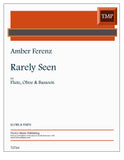
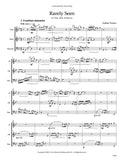

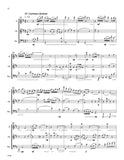
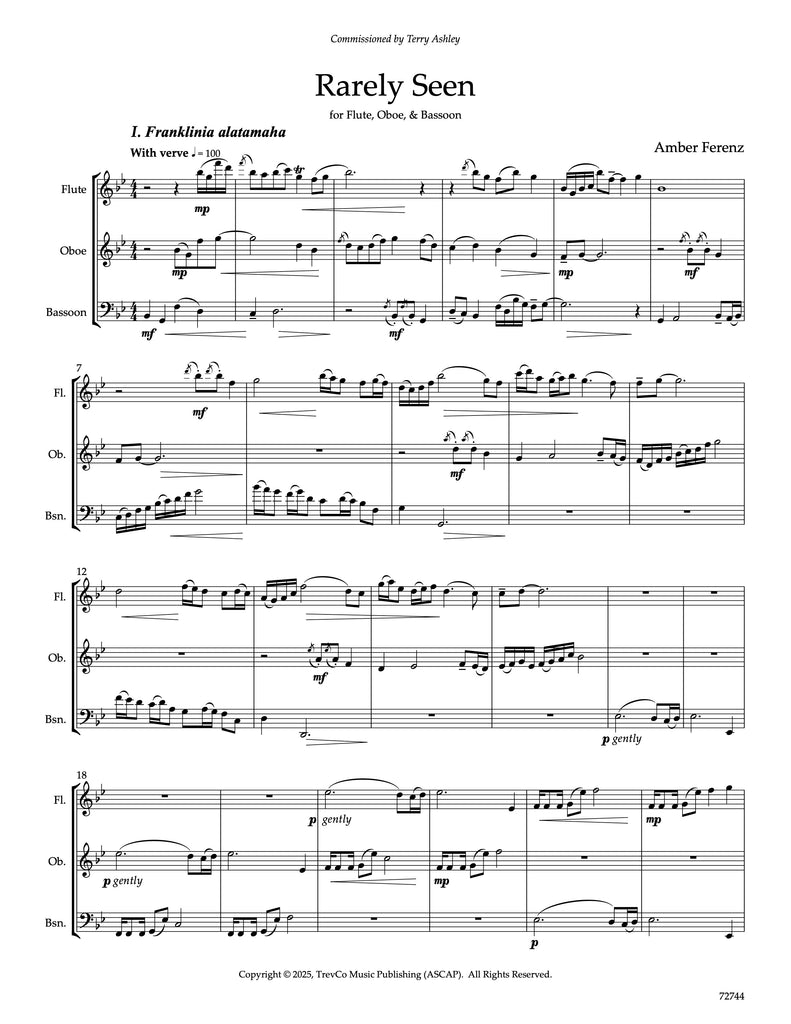
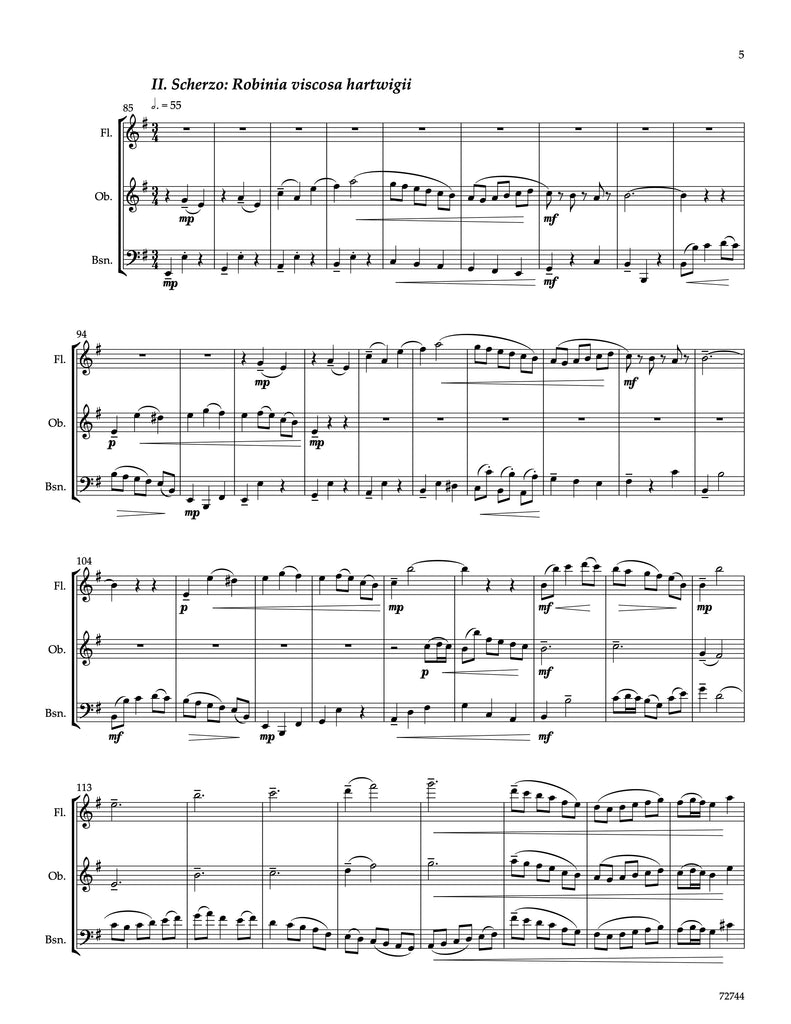
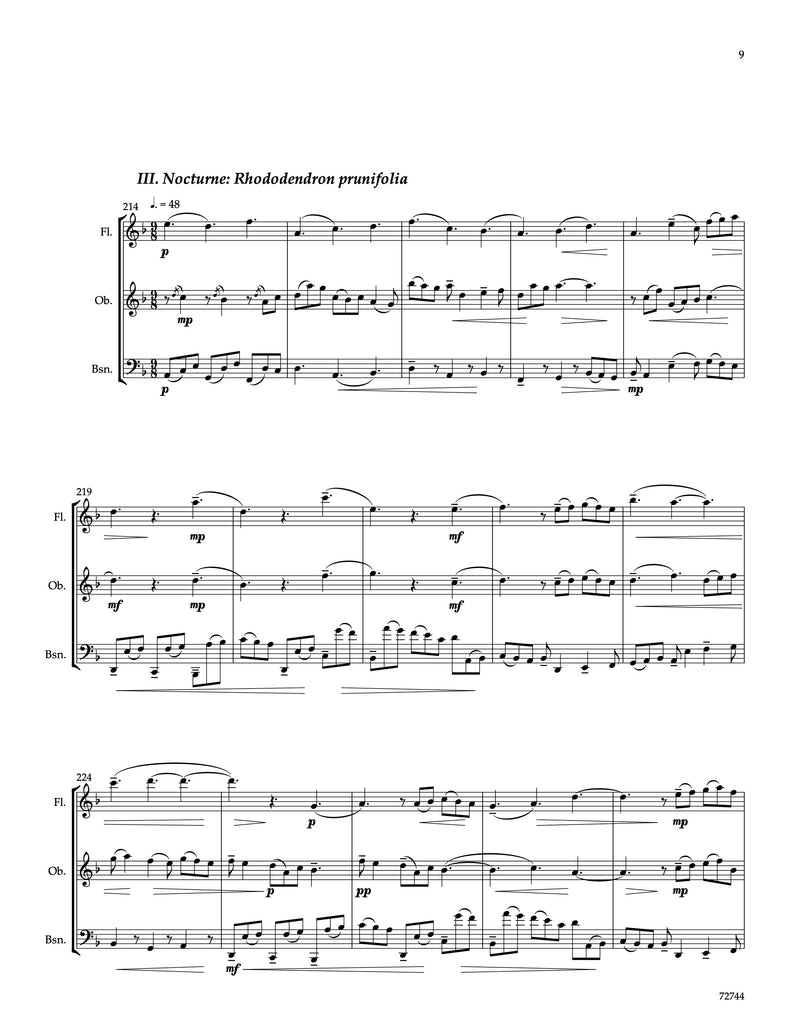
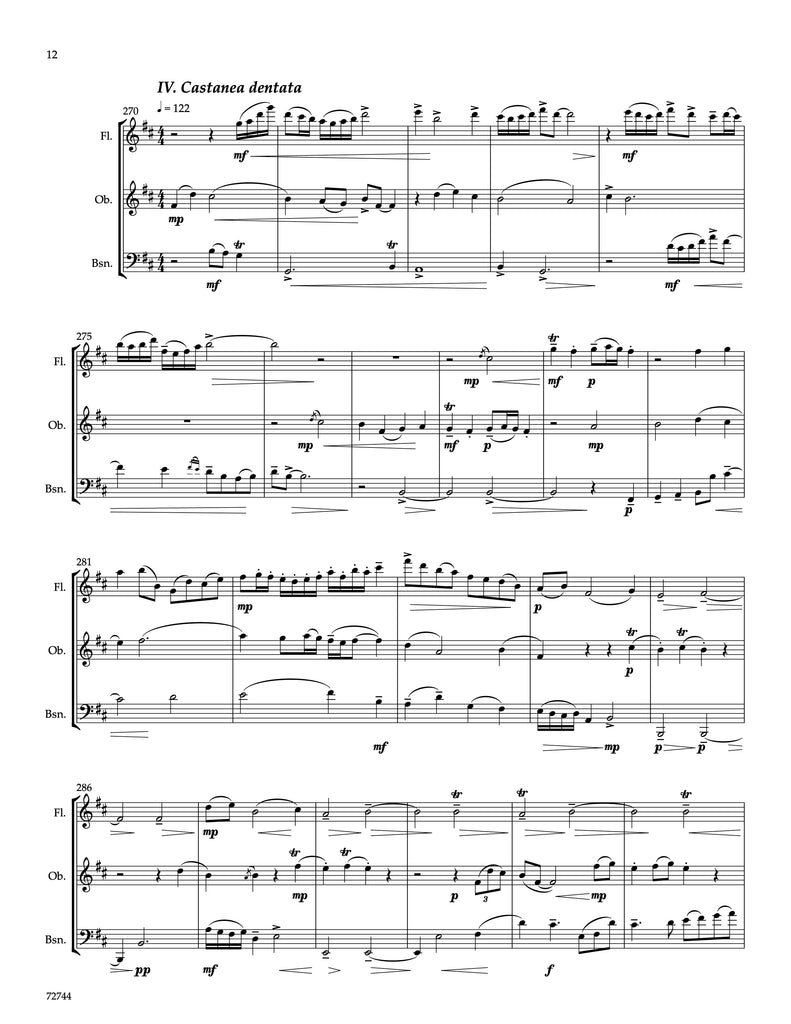
Share this item: